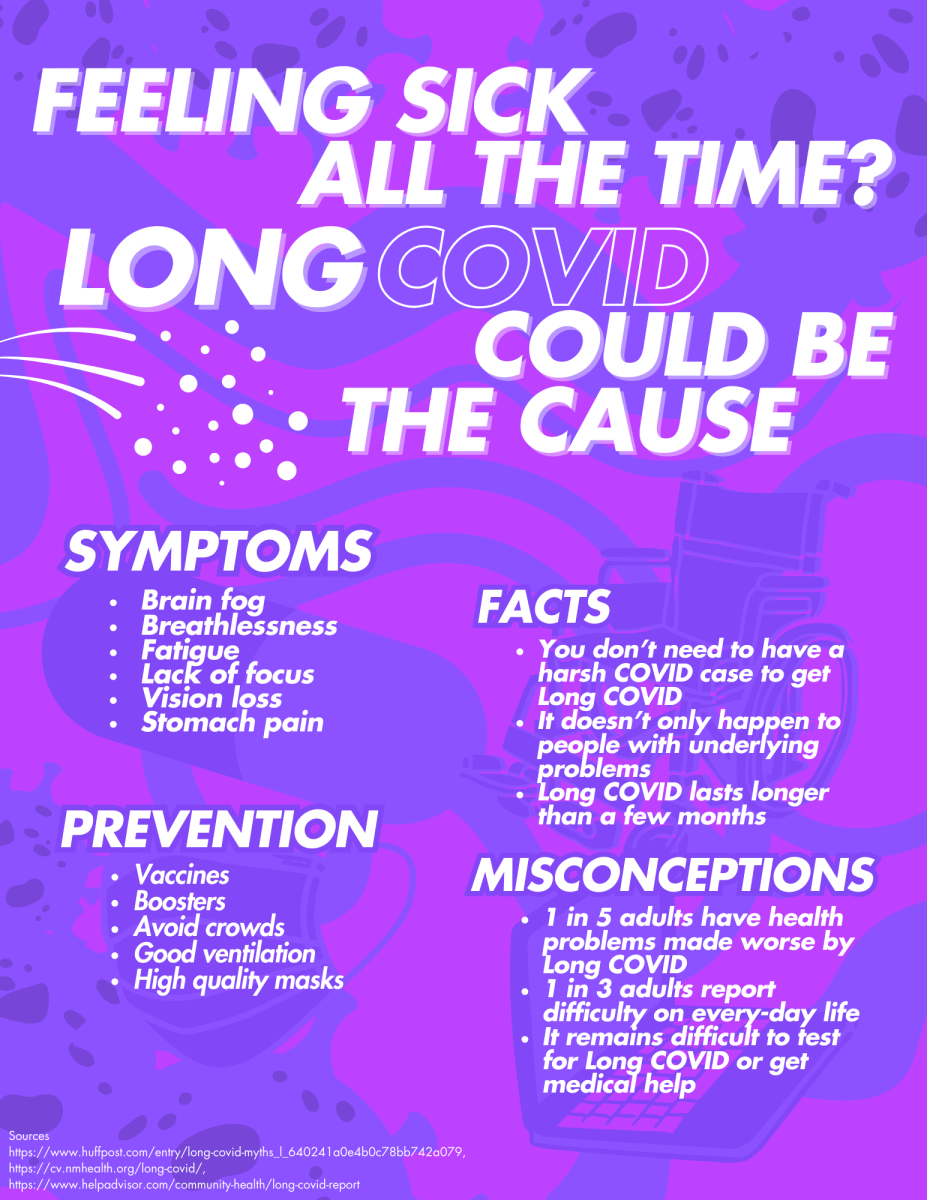In the past decade, the prevalence of addiction among teenagers has heightened. This harmful trend accelerated with of the introduction of e-cigarettes, also known as vapes, along with drugs, alcohol, and other harmful habits glamorized on social media and in music. These factors contribute to teenagers becoming addicted and perpetuates habits, causing havoc on one’s body. Pop-culture has normalized addictive behaviors which may transcend into adulthood.
According to the American Addiction Centers, 46.8 million Americans 12 and older have battled substance use in the past year. Some causes for addiction include a person’s environment, including an abusive home, peer influences, social media, and the mental health of each individual.
Teens become increasingly susceptible to addiction, largely, in part, due to the marketing of e-cigarettes, or vapes, and social media. Vaping is marketed as a healthier alternative to smoking, but this sentiment is not only false, but incredibly misleading. Typically, one standard JUUL cartridge is equivalent to the nicotine content of 20 cigarettes and delivers nicotine over two times faster according to the truthinitiative.org. Because of social media’s prevalence in a teen’s life, it not only exposes them to the concepts of drug and alcohol usage, but promotes the behavior. Social media tends to glamorize the usage of substances, often portraying them as a symbol of wealth, which effectively makes adolescents equate using drugs to success, creating a desire for the product. When one begins to use substances, especially ones that have high nicotine levels, they are more likely to become addicted at a higher rate than someone who uses traditional cigarettes. This cycle is incredibly harmful to a teen’s mental and physical development, as there is a high correlation between mental health issues, heart and lung diseases, and various other health issues. Because the brain does not reach maturity until the ages 21-25, being addicted to drugs as a teenager can lead to the addiction transcending into adulthood, thus resulting in the individual’s development being stunted, due to the fact that they were addicted to substances in their developmental stages before the brain’s age of maturity.
In order to mitigate the prevalence of addiction among the American youth, it is imperative that schools expose teens to the harmful effects and manipulation from social media, which glamorizes substances. Additionally, parents should educate their children about the harmful health consequences drugs and other substances can have on their child’s health, social, and academic life.
Because substance abuse and addiction, which begins in the teenage years, can transcend into adulthood, it perpetuates addictions due to increased exposure and glamorization creating a manipulative environment for teens. Thus, parents and schools must educate and warn the youth about addiction and the trends of glamorizing addiction on social media, and its harms, in order to provoke teens to make educated decisions that will affect their quality of life and their future. Resources that assist teens with addiction should also be available in schools to destigmatize addiction and create a safe environment for people to seek help in coming out of it.
Resources for teens are below:










